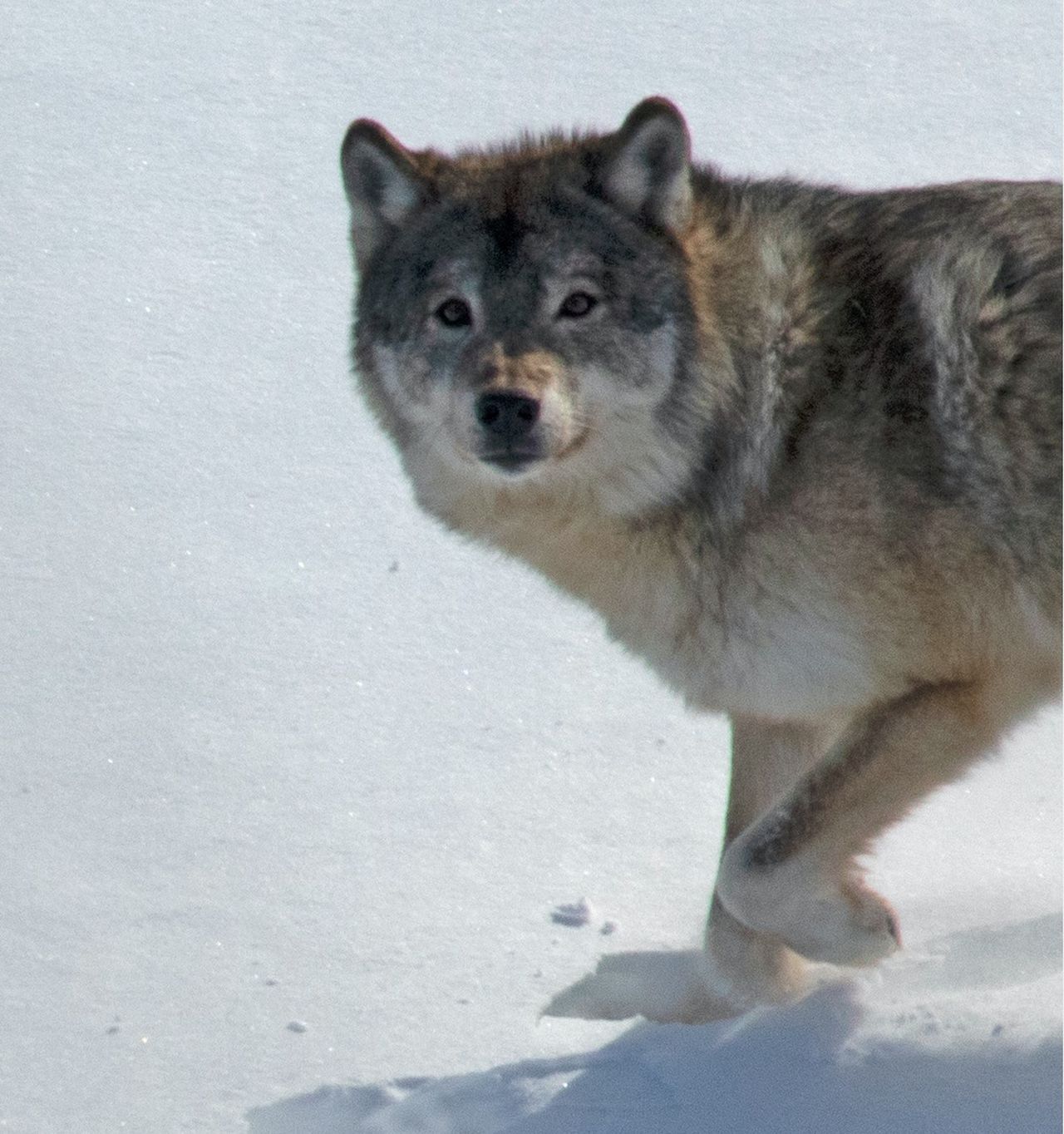The wilderness of Michigan’s Isle Royale is home to many different species, and has long since provided researchers with beautiful ecosystems to study, with wolves and moose roaming the lands. It was just over a year ago that a National Park Service ranger discovered the body of the male wolf, designated M183, near the middle of the island. This was an unusual discovery in that the wolf was found in a very visible spot near one of the island’s many trails, and that he was that last male to have been born on the island.
M183 was found lying on his side, almost as if he had been lying down for a nap. But further examination revealed injuries caused by other wolves who had been introduced to the island in previous years. M183’s injuries included cracked ribs and internal hemorrhaging. Researchers believed that the wolf had traveled some distance after receiving his injuries to the spot where he was found.
It is believed that a younger wolf may have survived such injuries but M183, who was eleven, was already suffering from age-related arthritis, and was deteriorating in his health, with researchers noting his growing need to take breaks while traveling.
As time has passed since the wolf’s death, further research of his remains has been conducted in order to gain more insight into M183 and the rest of Isle Royale’s wolf population. When M183 was received by Rolf Peterson, a research professor at Michigan Tech, several discoveries were made. The wolf had many worn down and broken teeth, as well as low levels of enamel. He was arthritic in his vertebrae and claws. He had 28 vertebrae, instead of a wolf’s usual 27, a sign of the high levels of inbreeding that have occurred in the island’s wolf population.
Researchers note how the death of one wolf can affect the entire population of the island. Before M813’s death, he and the last female island-born wolf, F193, had made the east side of the island their home. When new wolves were introduced, they stuck to the western portion of the island. But soon after the death of M183, tracking collars and video showed the new wolves moving in and taking over the eastern side of the island. It is not clear what happened to F193.
M183’s death remains an interesting insight into Isle Royale’s wolf population. Today, researchers are hopeful that M183 and F193 may not have been the last wolves to be born on the island after all, believing that there have been two new litters of pups born within the population of the newly introduced wolves, indicating that the population will continue to survive after the death of M183.


